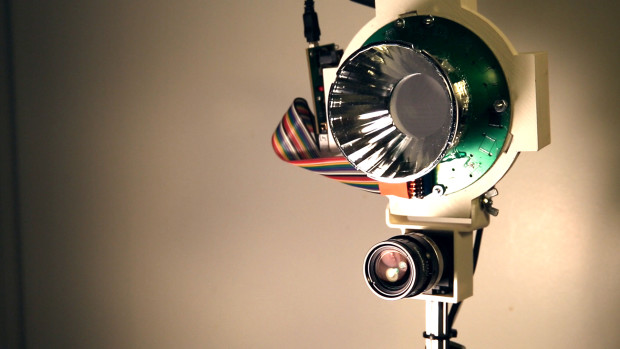-
Tips for becoming a good boxer - November 6, 2020
-
7 expert tips for making your hens night a memorable one - November 6, 2020
-
5 reasons to host your Christmas party on a cruise boat - November 6, 2020
-
What to do when you’re charged with a crime - November 6, 2020
-
Should you get one or multiple dogs? Here’s all you need to know - November 3, 2020
-
A Guide: How to Build Your Very Own Magic Mirror - February 14, 2019
-
Our Top Inspirational Baseball Stars - November 24, 2018
-
Five Tech Tools That Will Help You Turn Your Blog into a Business - November 24, 2018
-
How to Indulge on Vacation without Expanding Your Waist - November 9, 2018
-
5 Strategies for Businesses to Appeal to Today’s Increasingly Mobile-Crazed Customers - November 9, 2018
Researchers create ‘X-ray’ camera that reveals vein patterns
Because researchers want to bring a mini infrared camera to your smartphone that would act as a “food safety app”.
Advertisement
The Hypercam, which has been developed by a team of computer scientists and electrical engineers, uses hyperspectral imaging technology to gather images from across the electromagnetic spectrum and combine them into one picture. The notable aspect is that the affordable camera reveals images of things that would not normally be visible to the naked eye.
Hyperspectral imaging is used today in everything from satellite imaging and energy monitoring to infrastructure and food safety inspections, but the technology’s high cost has historically limited its use to industrial or commercial purposes. “With a hyperspectral camera, you’re looking at the actual material that something is made of”. For example, photos from the device could reveal if fruit is ripe or not, or show details from under the skin, like the veins in the image above. “You can say, ‘Oh, that’s a pair of blue trousers, ‘” said lead author Mayank Goel, a UW computer science and engineering doctoral student and Microsoft Research graduate fellow.
Overall, the camera looks at 17 different light wavelengths and produces an image for each of them. The University of Washington’s hardware solution costs about $800, but could be added to a standard smartphone camera for just $50.
CNET pointed out that hyperspectral imaging is not a new concept and NASA in particular has been using what it calls the Airborne Visible/Infrared Imaging Spectrometer (AVIRIS) for a while. Buyers will be able to tell if a fruit is rotten, the difference between blue jean and blue cotton, and see the veins beneath your skin surface.
“It mines all the different possible images and compares it to what a normal camera or the human eye will see and tries to figure out what scenes look most different”, Goel said.
Researchers developing the camera said that most of this hyperspectral devices are expensive and hard to use, so they decide to create one for themselves, pointing the camera at regular objects and seeing what information it could provide.
Meaning it could also be fitted to security systems in the future.
The researchers used the camera to take photos of 10 different fruits over a week and the software was able to predict the relative ripeness of the fruits with 94% accuracy, as opposed to photos taken with a regular camera, which it could only predict with 62% accuracy.
Advertisement
At the moment, the unit itself is too big and it also struggles in brighter light – not ideal when you’re walking down the aisle in Sainsbury’s.




























